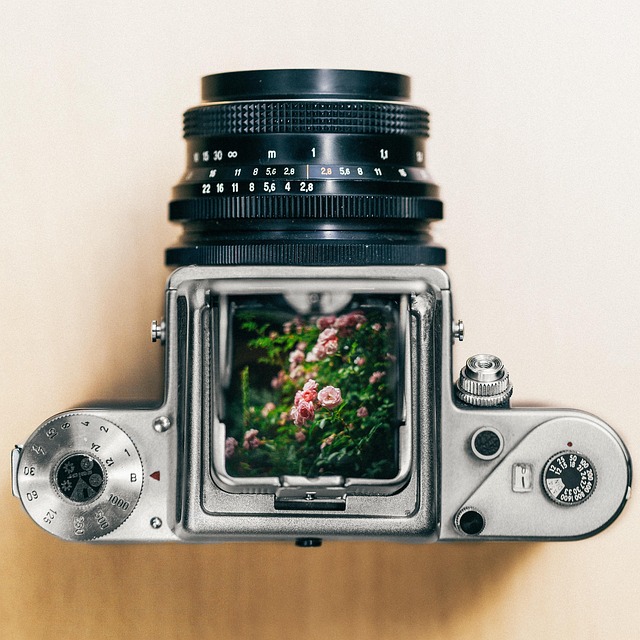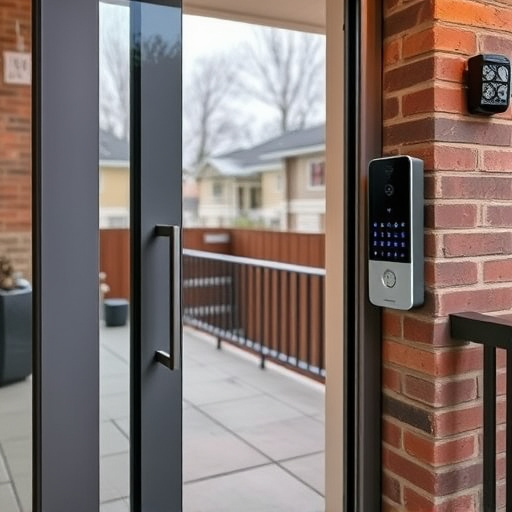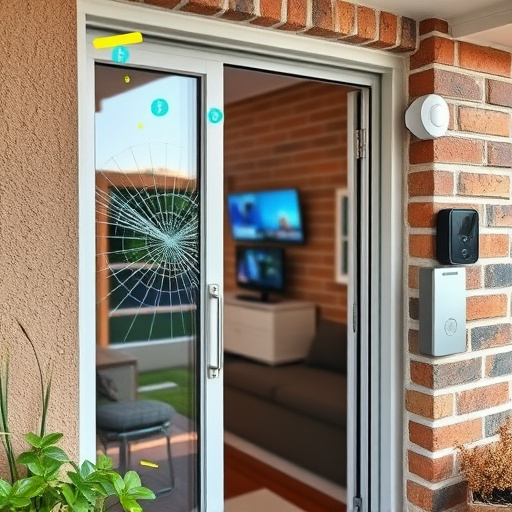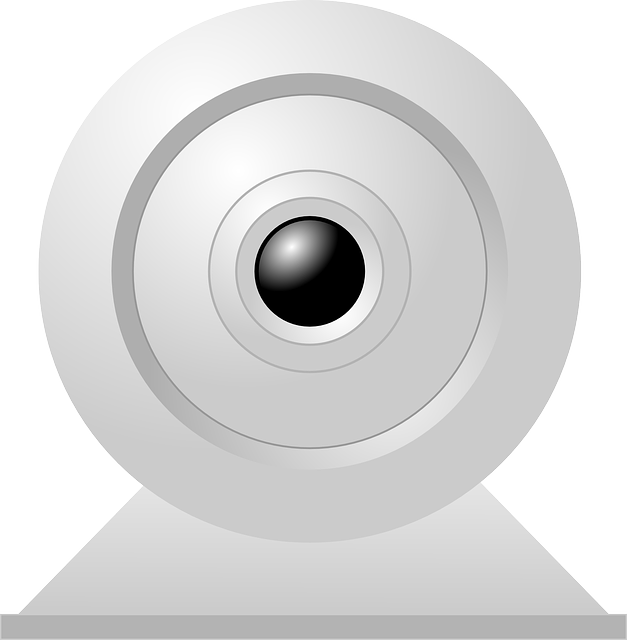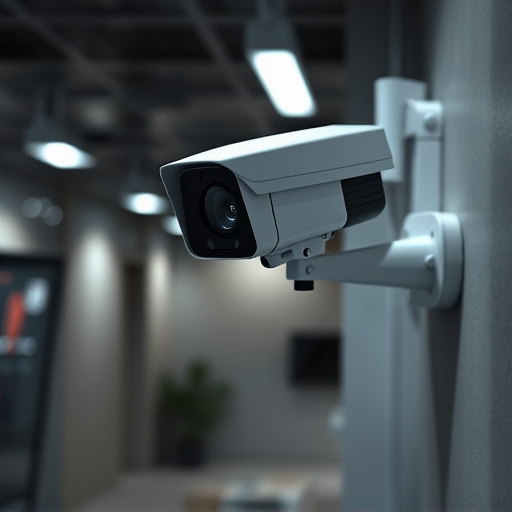Selecting the right security camera involves understanding your property's layout and size, prioritizing high-resolution footage, advanced features like motion detection and night vision, cloud storage for remote access, and privacy measures. Consider camera types (wired/wireless), evaluate your home's needs, and choose an ideal home camera that balances features, ease of use, and cost for the best security system and effective security. Strategically place cameras for optimal visibility, connect to networks, integrate with smart homes, and leverage advanced protection features.
Finding the right security camera for your home is crucial for ensuring peace of mind and effective protection. This comprehensive guide will help you make an informed home security selection. We’ll walk you through understanding your unique needs, exploring different types of security cameras and their features, and considering key factors when choosing security cameras. Learn about essential top features to look out for in a home security camera, and discover how to install and integrate your new best security system.
- Understanding Your Home Security Needs
- Types of Security Cameras and Their Features
- Key Considerations When Choosing a Camera
- Top Features to Look Out For in a Home Security Camera
- Installing and Integrating Your New Security Camera System
Understanding Your Home Security Needs

Understanding your home security needs is a crucial step in choosing the right security camera. Consider the size and layout of your property. Do you have a large backyard, multiple stories, or narrow alleyways? The ideal home camera should offer clear, high-resolution footage that covers all blind spots. Additionally, look for cameras with advanced features like motion detection, night vision, and two-way audio to ensure an effective security system.
When making your home security selection, think about your lifestyle and daily routines. Are you often away from home for extended periods? A best security system with cloud storage and remote access capabilities will allow you to monitor your property anytime, anywhere. If privacy is a concern, opt for cameras with local storage options or those that offer secure encryption to protect your footage. By understanding these needs, you can narrow down the vast array of security camera options available and choose the most suitable one for your home.
Types of Security Cameras and Their Features

When it comes to choosing security cameras for your home, there are several types available in the market, each with unique features catering to different needs and preferences. The right security camera is a vital component of any effective home security system. It’s important to consider factors such as resolution, night vision capabilities, motion detection, and storage options when making your selection.
High-definition (HD) cameras offering 1080p or even 4K resolution provide crisp and clear images, ensuring you can clearly identify individuals and objects. Night vision capabilities, often achieved through infrared technology, allow cameras to capture footage in low-light conditions, maintaining round-the-clock surveillance. Motion detection features trigger alerts when movement is detected, helping to prevent false alarms and conserve storage space. Additionally, cloud storage options offer remote access and backup for your camera’s footage, providing an extra layer of security and convenience.
Key Considerations When Choosing a Camera

When selecting a security camera for your home, several key considerations come into play to ensure you choose the ideal solution for your needs. The first step is understanding what features are most important to you. This could include resolution quality (HD or 4K), night vision capabilities, motion detection, and storage options—whether cloud-based or local. You’ll also want to consider camera type: wired cameras offer reliable stability, while wireless models provide flexibility and ease of installation.
Additionally, think about your home’s layout and the areas you wish to monitor. Multiple camera setups are ideal for comprehensive coverage, allowing you to keep an eye on entrances, exits, and valuable assets. Wireless range and connection reliability should also be evaluated, especially if your home has large or obstructed spaces. Ultimately, choosing the right security camera involves balancing features, ease of use, and cost to create an effective security system tailored to your specific requirements.
Top Features to Look Out For in a Home Security Camera

When exploring the diverse landscape of home security cameras, several key features stand out as essential considerations for your ideal home camera. The right security camera should offer high-definition video quality, ensuring clear and detailed footage for effective monitoring. Night vision capability is another must-have; infrared or passive infrared (PIR) technology enables continuous surveillance even in low-light conditions, providing peace of mind around the clock.
Advanced connectivity and smart home integration are increasingly important aspects when choosing security cameras. Wi-Fi compatibility allows for remote access via smartphone or tablet, enabling you to monitor your property from anywhere at any time. Additionally, seeking cameras with two-way audio functionality lets you communicate directly through the device, enhancing interaction and responsiveness during alerts. A best security system combines these features seamlessly, offering not just an effective security solution but also a robust home automation experience.
Installing and Integrating Your New Security Camera System
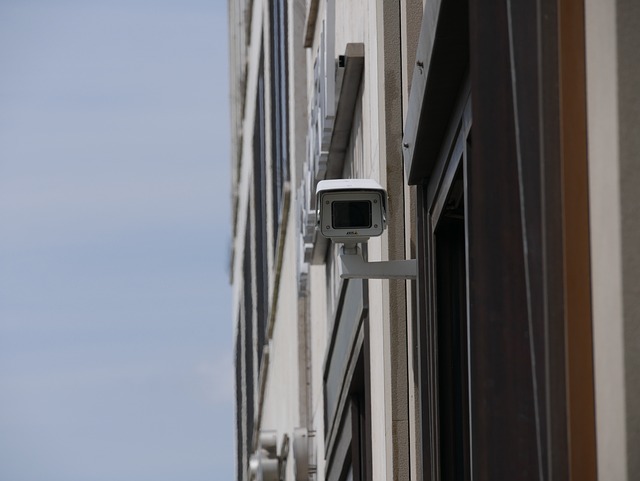
Installing and integrating your new security camera system is a crucial step in enhancing your home’s safety and peace of mind. The first task is to choose the right location for each camera, ensuring optimal visibility and coverage of key areas. Position them strategically outside entry points, windows, and valuable asset locations. Consider factors like lighting conditions, angles, and potential obstructions to ensure effective surveillance. Once placed, connect your security cameras to the provided wiring or wireless network and download any necessary mobile apps to monitor and control your system remotely.
A seamless integration of your new security camera is key to a successful home protection strategy. Ensure compatibility with your existing smart home setup for centralized control and automation. Modern security systems offer cloud storage, allowing you to access footage remotely and receive alerts instantly. Some models even support artificial intelligence for advanced motion detection and facial recognition, further enhancing the overall effectiveness of your chosen best security system.
